
Get acquainted with the facilities associated with the DesignLIFES program!
Every year, students at the DesignLIFES program collaborate with professors and industry experts to conduct research projects in these facilities and labs that specialize in the research of different aspects of living infrastructure.
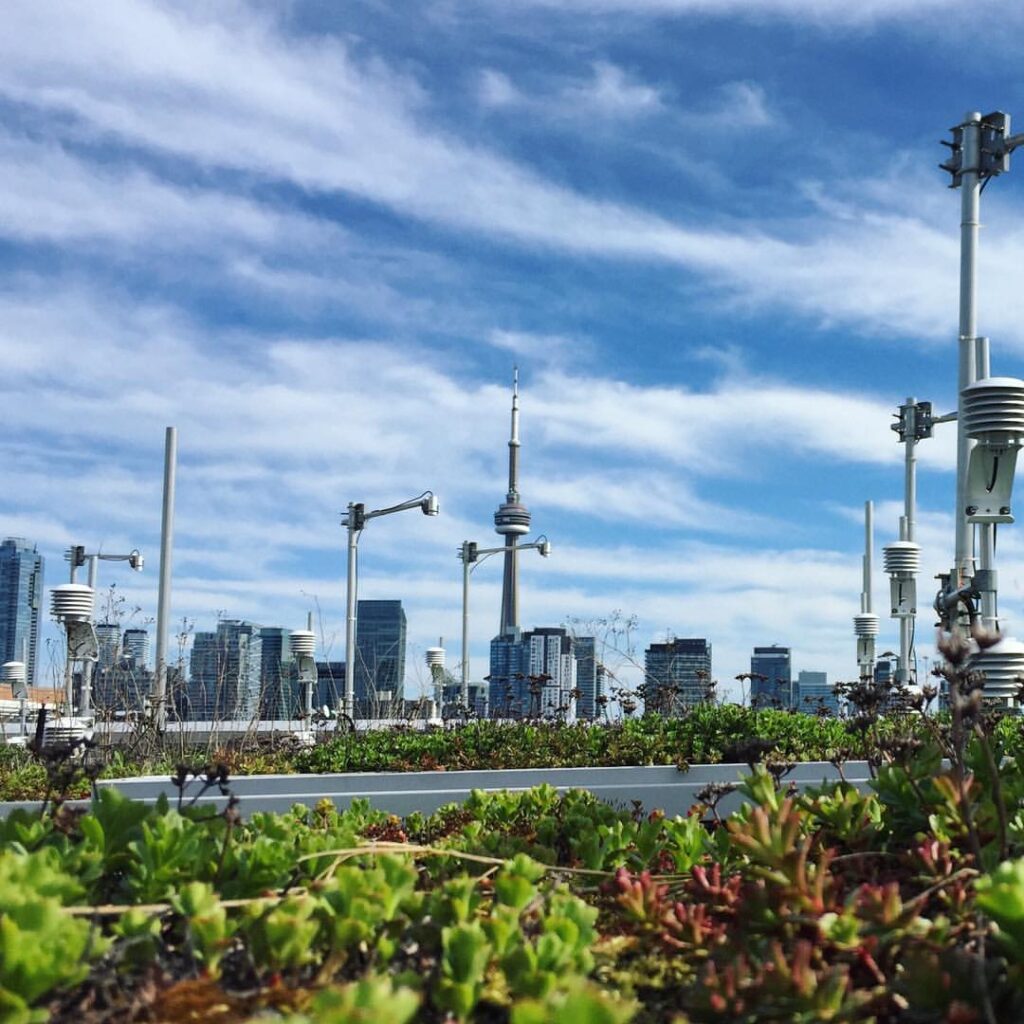
Established in 2010, The Green Roof Innovation Testing Lab at the University of Toronto aims to explore and investigate the applications of green and clean technologies such as green roofs, green walls, and photovoltaic arrays. This state of the ark research facility is equipped with a multiplicity of green roof test beds, green walls, photovoltaic modules, and a weather station, allowing for quality research and testing. The intersection of scholars, professors, industry experts, and government agencies at the GritLab also allows for the nurturing of students in the field of living infrastructure research as well as innovation and the necessary resources to support implementation.
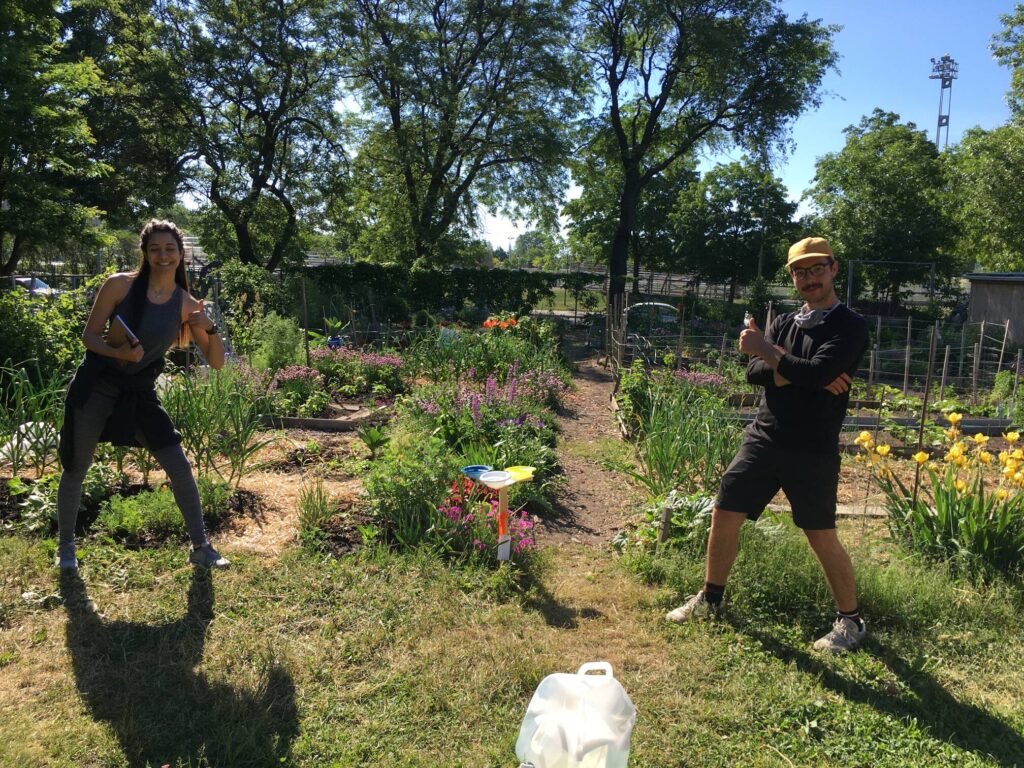
Ziter Urban Landscape Ecology Lab
The Ziter Urban Landscape Ecology Lab at Concordia University’s research vision is to conduct solutions-oriented science to enhance biodiversity conservation and ecosystem service provision in both Urban and urbanizing landscapes. As a part of their research since 2019, the Ziter Urban Landscape Ecology Lab examines how landscape structure, land-use history, and biodiversity impact the ecosystem services of urban landscapes through field observation, experiments as well as the collection and synthesis of advanced sensor data. This research ultimately culminates in discussions about raising new practices in sustainability, policy, and practice.
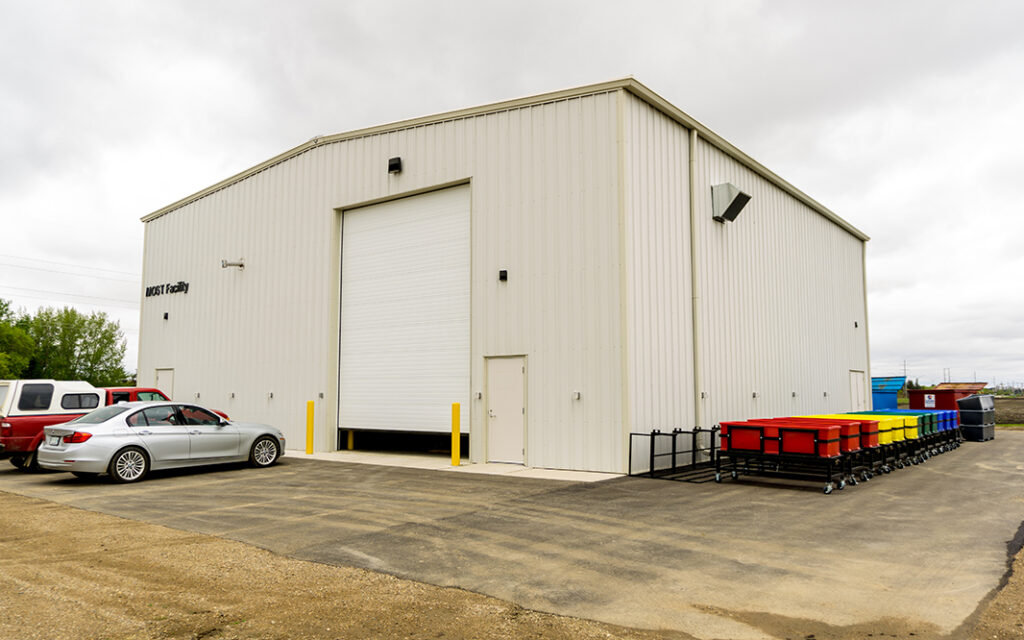
The Multi-PurpOse Slope Testing Facility, founded in 2015 – is a one of a kind mine reclamation cover system and green infrastructure testing facility that aims to explore the possibilities, long term effects, and environmental impacts of different mine cover system designs as well as to provide real-world environmental solutions to the industry. With a combination of both smaller-scaled lab experiments as well as large-scale, complex, and time-consuming investigations/projects, the MOST facility is able to effectively research, improve and implement efficient and effective cover systems and green infrastructure across Canada.
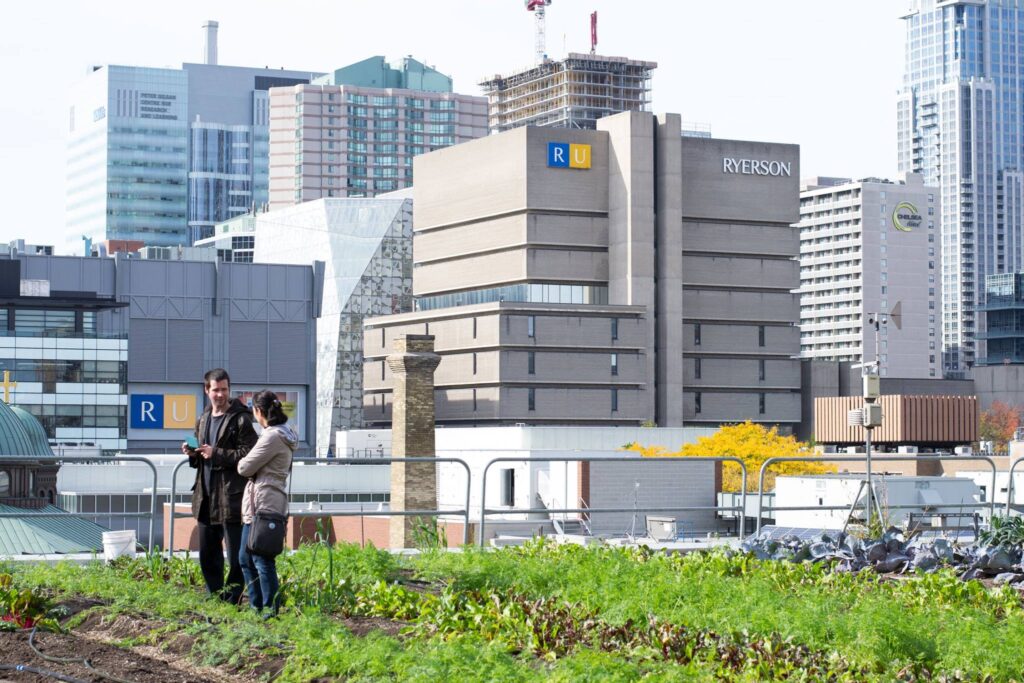
Established in 2019, the Ryerson Urban Farm Living Lab centers around the research of rooftop farming. With the collaborative intersection of urban farmers, industry experts, community partners, and scholars, the Urban Farm Living Lab achieves its goal of expanding rooftop farming through production ( of crops through ecologically sustainable methods), conducting interdisciplinary research, and engagement by investing and building on user-driven research needs. The research held at the Urban Farm also overlooks a wide range of factors including the design and infrastructure, the research of ecosystem services as well as financial sustainability.
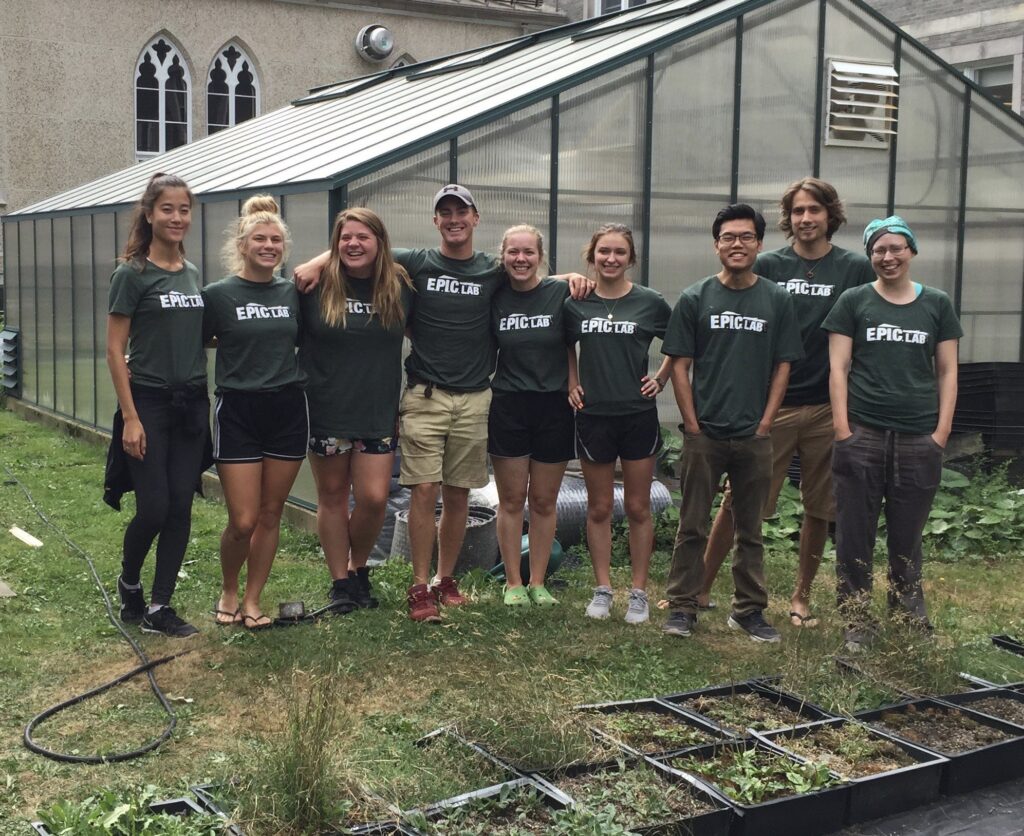
Dr. Jeremy Lundholm’s lab, E.P.I.C. (Ecology of Plants In Communities) researches the biodiversity of plants in different ecologies as well as how the different species interact and contribute towards different ecosystem services. Their research into the diversity of plant communities has allowed them to also extensively research the ecology of Green Roofs, where they test and the effects of different types of plants (both native and non-native) to see which types and combinations deliver the best performance. This research ultimately allows them to not only evaluate and optimize different plant communities for different urban environments.